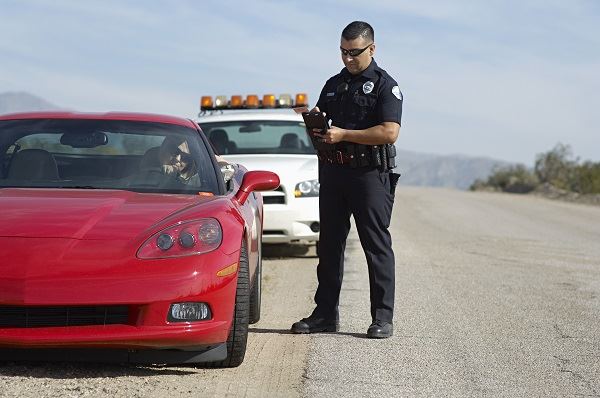 Everyone who has been pulled over in California must know their rights.
You need to know how the law enforcement officers (LEO) concluded that
you were speeding. If a radar gun was used, was it calibrated properly
and was the LEO trained on the use of the device?
Everyone who has been pulled over in California must know their rights.
You need to know how the law enforcement officers (LEO) concluded that
you were speeding. If a radar gun was used, was it calibrated properly
and was the LEO trained on the use of the device?
What's the Difference Between Radar & Lidar
Radar uses a radio frequency (RF) signal to determine how fast you are going, but Lidar uses a laser to come to the same determination. Police use radar most often to determine a driver’s speed; however, you would be shocked to find out that many radar guns are not calibrated properly, or that many of the law enforcement officers (LEO) are not trained to use them properly, which is required according to CA law.
When an LEO gives you a ticket based on their opinion of your speed (without radar or lidar), most judges will allow their “eyeball” judgment depending on the number of years’ experience of the LEO. If the LEO has been on patrol for a lot of years vs a rookie with only a year or two on patrol, the judge is more liable to agree with the LEO’s assessment of your speed with or without a radar gun.
However, you should always consult a traffic ticket attorney before deciding to fight a ticket. Make sure you ask a Traffic Ticket Attorney, not just any lawyer, there’s a huge difference between a traffic attorney and a family court lawyer. As much difference as there is between the rookie and the 8-10-year veteran patrol officer, maybe more. Traffic attorneys are in court four or five times a week and hear all the arguments. They know the LEOs and the judge and whereas they won’t get any unlawful favors (or even ask for one) from either, they know what arguments or justifications work and which do not.
Speed Traps in CA
Today’s speed traps a much more sophisticated than the Dukes of Hazzard or Burt Reynolds cross-country race, The Cannonball Run. In that TV series, as well as in the movie, LEOs hide behind the reduced speed limit sign and entrap the speeder before they have time to slow down. In nearly every instance, the LEO used a radar gun. Whereas that method is probably still used in some places, more cultivated methods are used nowadays.
Instead of hiding, LEO marks a spot on the freeway and another location further on the same road and measures how long it takes a vehicle to go from the first spot to the second location, typically using a push-button timer or aerial surveillance. Without enlisting a pace car as a second measure because of the human error element and the chance of mistaken identity most of these tickets will be dismissed. From the air, all the spotter can determine is the color of the car, not the plate number, make or model. Therefore, it is necessary to have an LEO pacing the car or another LEO with a radar gun so there are two methods of determining speed and identity.
What is Pacing?
Pacing is a method LEOs use to determine your speed by following you for a certain distance and using their speedometer to approximate how fast you are going. However, when an LEO paces you and determines that you were speeding according to CVC 22350, just stating that you were going too fast for conditions may not be enough. The LEO must explain how your speed put other’s lives or property in danger or that it was unreasonable. In the case of People v. Behjat, the court determined that “…substantial evidence from which a fact finder could conclude either that they drove at a speed that endangered people or property or that they drove at a speed that was unreasonable for the driving conditions.” If you were driving less than the posted speed limit, your speeding ticket was based on the LEO’s judgment that it was too fast for road conditions. Therefore, you or your traffic ticket attorney must convince the judge in traffic court that your speed was not unreasonable or that the LEO did not have a proper vantage point to determine your speed with any amount of certainty without a radar gun or lidar device.
Hire a Local Inyo County Court Lawyer
Call Bigger & Harman if you have received a ticket based on a law enforcement officer’s (LEO) assumption of guilt but no clear proof. Or, send them an email with the details of your situation and they will respond promptly, attorney@markbigger.com.
Bigger & Harman will help you to resolve traffic tickets in Central Valley and Southern CA traffic courts. They serve clients in Inyo, Tulare, Kings, Kern, Fresno, and others. Bigger & Harman has a reputation as a tough traffic ticket defense team in Independence, Mammoth, Bridgeport, Fresno, and in some SoCal County courtrooms in Paso Robles, SLO, Barstow, LA and others. For a confidential and convenient appointment set up, use their website contact form. See what your neighbors and friends are saying about the Bigger & Harman defense team on Yelp.
Se habla Español 661.349.9755.
